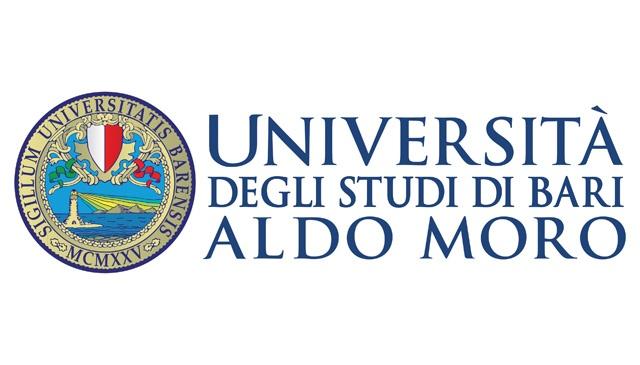Strengthening of the Italian Research Infrastructure for Metrology and Open Access Data in support to the Agrifood
University of Bari Aldo Moro (UNIBA)
The University of Bari Aldo Moro (UNIBA), founded in 1925, is an Italian generalist mega-Athenaeum, with more than 40,000 students. The current organisational model is the result of a mapping process based on a greater functional homogeneity; therefore, it flows into a structure made up of 9 Management Directions for the Central Administration, 22 Departments of didactic and research and 2 Schools (‘Medicine’ and ‘Science and Technologies’). The didactive staff is made up of 1500 professors. The University of Bari Aldo Moro offers various courses for undergraduate, graduate and post-graduate students. At research level UNIBA run 16 PhD schools. Aside from teaching, the university is also focused on scientific research. UNIBA research centers are highly-interactive, having connections among different departments, universities, other research centers and industries with hundreds of industrial patents and many spin-offs.
Sabina Tangaro
Is associate professor of Applied Physics at the University of Bari. She focuses on activities related to the analysis and understanding of images and patterns gaining an expertise on image processing, computer vision, pattern recognition, machine learning, complex networks and related applications. She coordinates some research projects founded by INFN, Regione Puglia, Univesity of Bari and Italian Ministry of Research. Her work is focused on developing Computer Aided Detection (CAD) software systems, predictive model based on Artificial Intelligence for applications on distributed databases, identifying and explain quantitative biomarkers of pathologies and the understanding the complex biological phenomena. In the last years her research activity also includes the development of scientific applications in the HPC computing environment and explainable artificial intelligence models.







